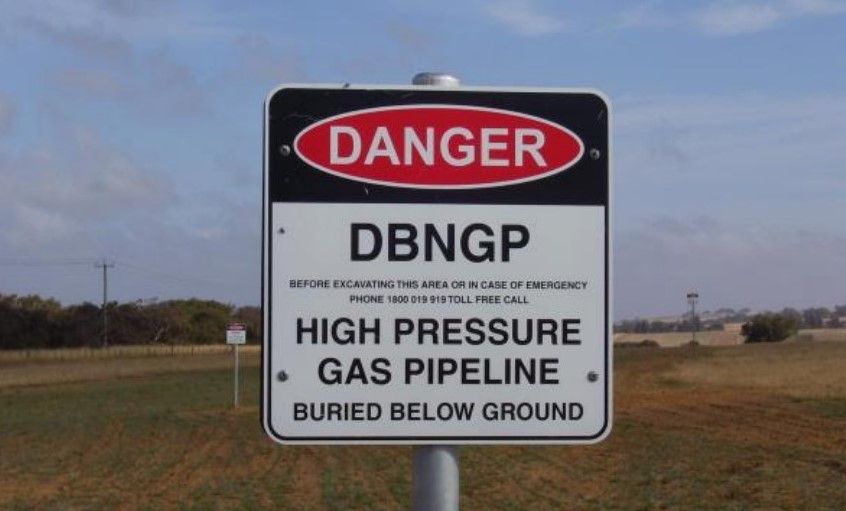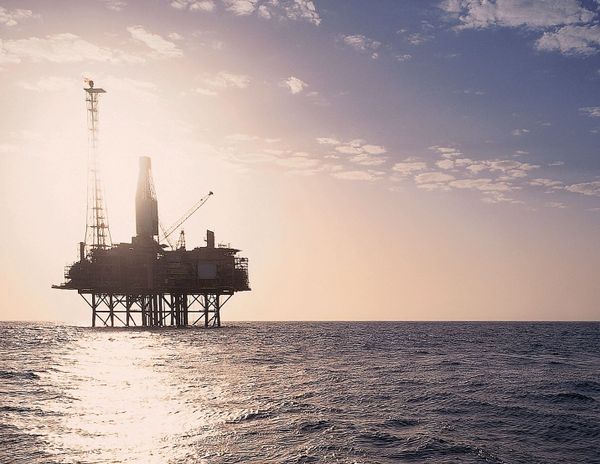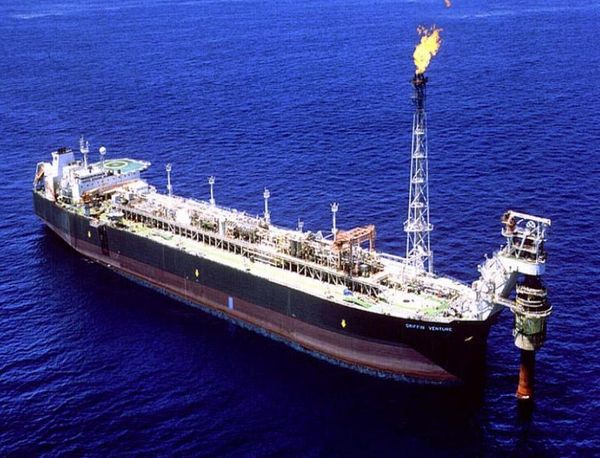Gas pipeline tariffs sparks war of words
With $194 million at stake the owner and users of WA's biggest gas pipeline are promoting vastly different views of the future of gas.

Competing views on WA gas demand will determine if the Dampier to Bunbury natural gas pipeline can charge an extra $194 million to transport gas from the Pilbara for the next five years.
The Australian Gas Infrastructure Group that owns the DBNGP is arguing that the assumed end of the economic life of the 1600km-long pipeline be brought forward from 2095 to 2059.
AGIG is projecting that WA gas demand will drop due to increasingly affordable renewable energy and the WA Government’s aspiration for net-zero carbon emissions by 2050.
AGIG put its argument the WA Economic Regulation Authority in January. The ERA is in the processing of setting the tariffs for the natural monopoly for the next five years. AGIG forecasts that gas demand for that period for will be 16% less than the preceding five years.
The ERA said AGIG is “seeking to recover capital faster and reduce its exposure to stranded-asset risk in the event of a decline in the domestic market for natural gas.”
The shorter life together with a reallocation of some of the pipeline’s $3.33 billion regulated capital base to different deprecation rates would result in a tariff increase of $194 million during the five years.
Hong Kong’s CKI bought AGIG, then called DUET Group, in 2017 for $7.4 billion.
In a submission to the ERA released yesterday Perth-based Gas Trading raised the question why CKI would decide to purchase DUET, whose main asset was the DBNGP, and a few years later argue it had lost significant value.
Gas Trading described modelling of the WA gas market by ACIL Allen for AGIG as “woefully out of step” with the current market. The company said the three price scenarios used to justify a shorter economic life and hence a higher tariff for the pipeline were all well above current prices.
“In Gas Trading’s view, DBP tended to use scenarios that placed natural gas at a significant cost disadvantage to drive AGIG’s corporate agenda,” the submission stated.
Gas Trading said gas in WA was trading near $2 a gigajoule on the spot market and prices for some long-term contracts were below $5 a gigajoule.
The trader argued that low prices could increase gas consumption in WA.
Citic Pacific Mining, operator of the Sino Iron ore project, in its submission to the ERA asked the regulator to consider if AGIG’s demand projections were realistic.
The miner said WA gas production capacity that was double current consumption, low gas prices compared to the east coast, ample land for businesses to relocate, new LNG projects in development and mining projects looking to switch from diesel to gas all pointed to an increase in gas demand.
The Sino operation consumed an average of almost 56 terajoules of gas a day in 2019, according to the AEMO gas bulletin board. The gas feeds a 480-megawatt gas-fired combined cycle power station for the energy-intensive magnetite production process.
Citic also queried the rate of return AGIG would earn from the DBNGP.
“AGIG is a smart, sophisticated business and continues to deliver a return on investment greater than that generally accepted by pipeline operators around the world,” Citic said.
In an unusually personal approach to a regulator, the author of the Citic submission compared his own home loan rate of 2.8% with the 3.61% rate of return in the AGIG submission.
Main Picture: Sign over route of the DBNGP Source: DBP




